Hypersonic Weapons Size
Hypersonic Weapons Market Growth Projections and Opportunities
Numerous significant elements influence the hypersonic weapons market, which together determines its direction and growth. The global competition to develop along with deploy new missile systems that can reach hypersonic speeds is one of the main drivers of this market. Because of the growing strategic significance of hypersonic weapons—weapons that can travel faster than Mach 5—national efforts to conduct research and development have stepped up in an attempt to achieve superior military capabilities. One of the main factors influencing the market for hypersonic weapons is technological progress. The creation of more complex hypersonic missile technology is facilitated by ongoing developments in motion, substances, and guidance systems. These innovations not only make these weapons faster and more agile, but they also make it more competitive for countries and defense companies to be at the forefront of this cutting-edge field. Defense spending plans have a significant impact on how the hypersonic weaponry industry behaves. Nations that allocate significant resources to military are in a better position to fund the development, testing, and implementation of hypersonic technology. The importance of hypersonic abilities in contemporary military tactics—including the ability to get beyond current defenses—has made them a higher priority when it comes to defense budget decisions. However, in some countries, the scope and speed of hypersonic weapon design may be impacted by economic limitations. Regional security dynamics and geopolitical factors have a major impact on the hypersonic weapons industry. The ability of hypersonic missiles to precisely strike high-value targets and cover large distances at high speed confers a strategic edge that makes them desirable assets for nations vying for military supremacy. Nations could speed up their hypersonic weapons development in reaction to perceived threats and tensions, changing the market environment and addressing changing security issues. Another essential component of the hypersonic weapons industry overview is international cooperation and arms control agreements. Nations can pool assets and expertise through collaborations and joint study efforts, which speeds up development cycles and promotes shared technological developments. Concurrently, the possibility of hypersonic weapon proliferation prompts questions regarding control of arms and the necessity of open agreements to avoid destabilizing consequences on international security. The market for hypersonic weapons is further shaped by export laws and regulatory frameworks. Tighter export laws pertaining to sophisticated missile technology are intended to stop the unapproved spread of hypersonic capabilities. Manufacturers and governments engaged in the production and marketing of hypersonic weapons must take into account compliance with international standards and export limitations. One essential element in the hypersonic weapons market is the incorporation of hypersonic capabilities inside military doctrines. The need for these cutting-edge technologies rises as countries adopt and modify their plans to include hypersonic missiles. The dynamic character of the market is partly due to the expanding importance of hypersonic weapons in several mission profiles, such as strategic attack, quick worldwide strike, and anti-access/area denial. In conclusion, a wide range of interrelated factors, such as technological advancement, defense spending, international cooperation, geopolitical concerns, legal frameworks, and the changing role of hypersonic features in military tactics, have an impact on the market for hypersonic weapons. The market for hypersonic weapons is expected to continue expanding and changing as countries look to strengthen their armed forces in response to new threats. In order to effectively contribute to advancing the development and long-term viability of hypersonic weapons within the global security landscape, stakeholders must traverse these complex factors.
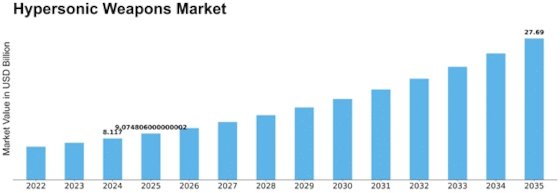

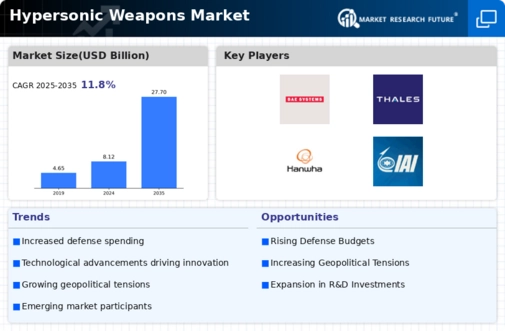


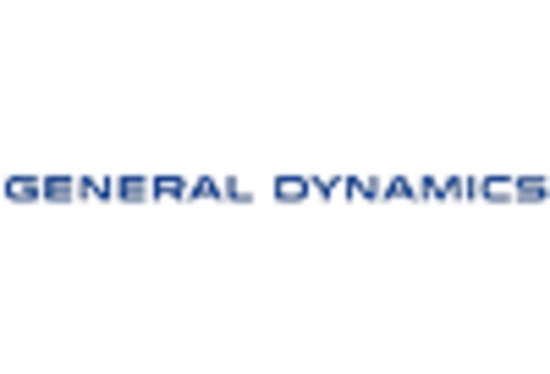
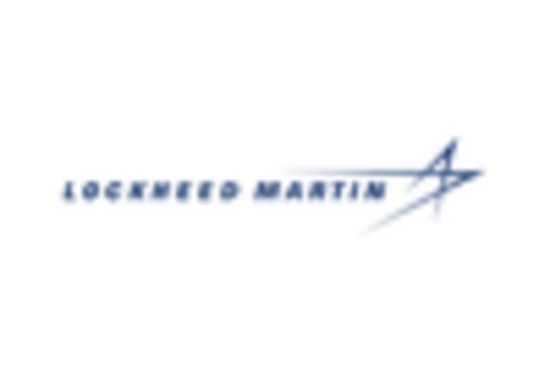

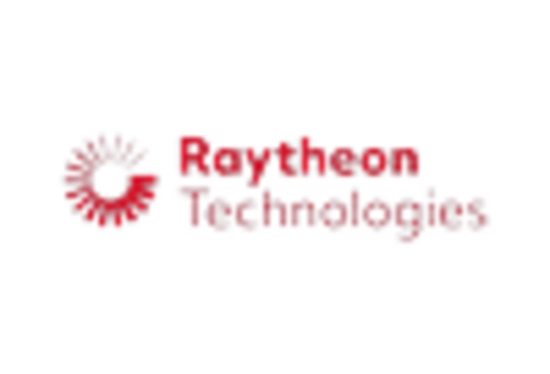

Leave a Comment